 Reverse Engineering Pipplet Database Architecture
Reverse Engineering Pipplet Database Architecture
🔍 Recently Pipplet app has come to my spotlight.
It is an online language testing platform, used by businesses to evaluate an individuals skills.
As a pleasant surprise, the platform does not offer multiple-choice questions.
Instead, it has open-ended questions.
That way candidates are less likely to be able to cheat!
👨💻 In this session I am planning to navigate their UI and map-out how I would reproduce their apps functionality.
⚠️ I am in no way affiliated with Pipplet. I do not endorse their platform either.
Youtube video: Reverse Engineering a Web App: Pipplet Language Testing Platform
Important interfaces within the Pipplet app: #
Target audience (customers) on registration:
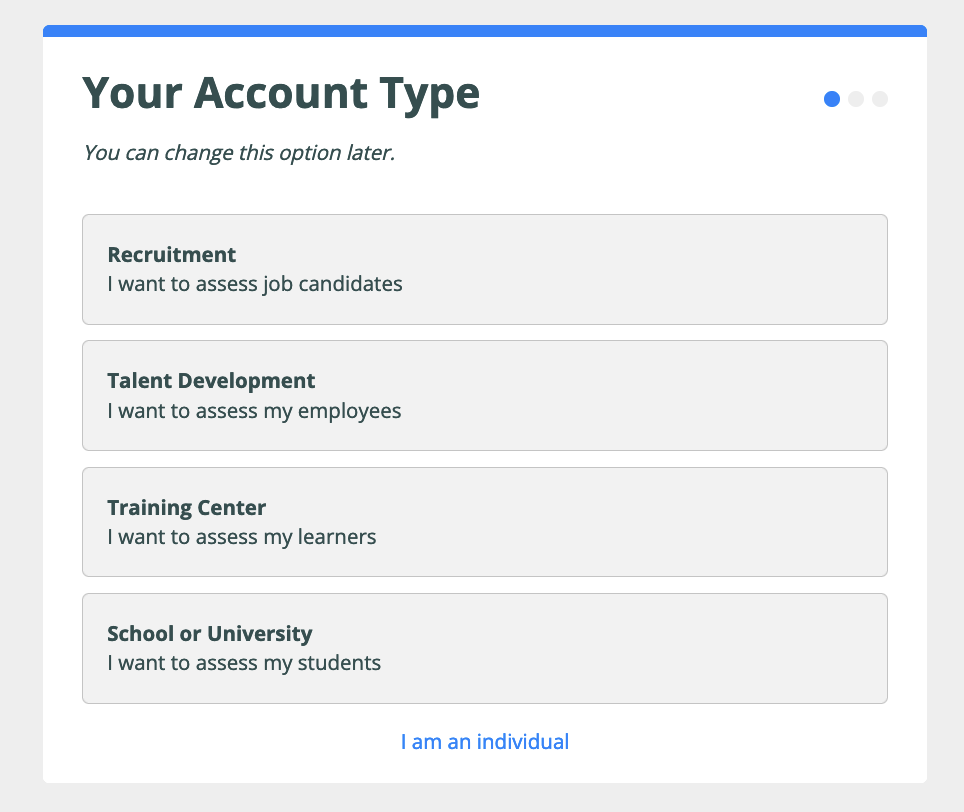
Onboarding flow
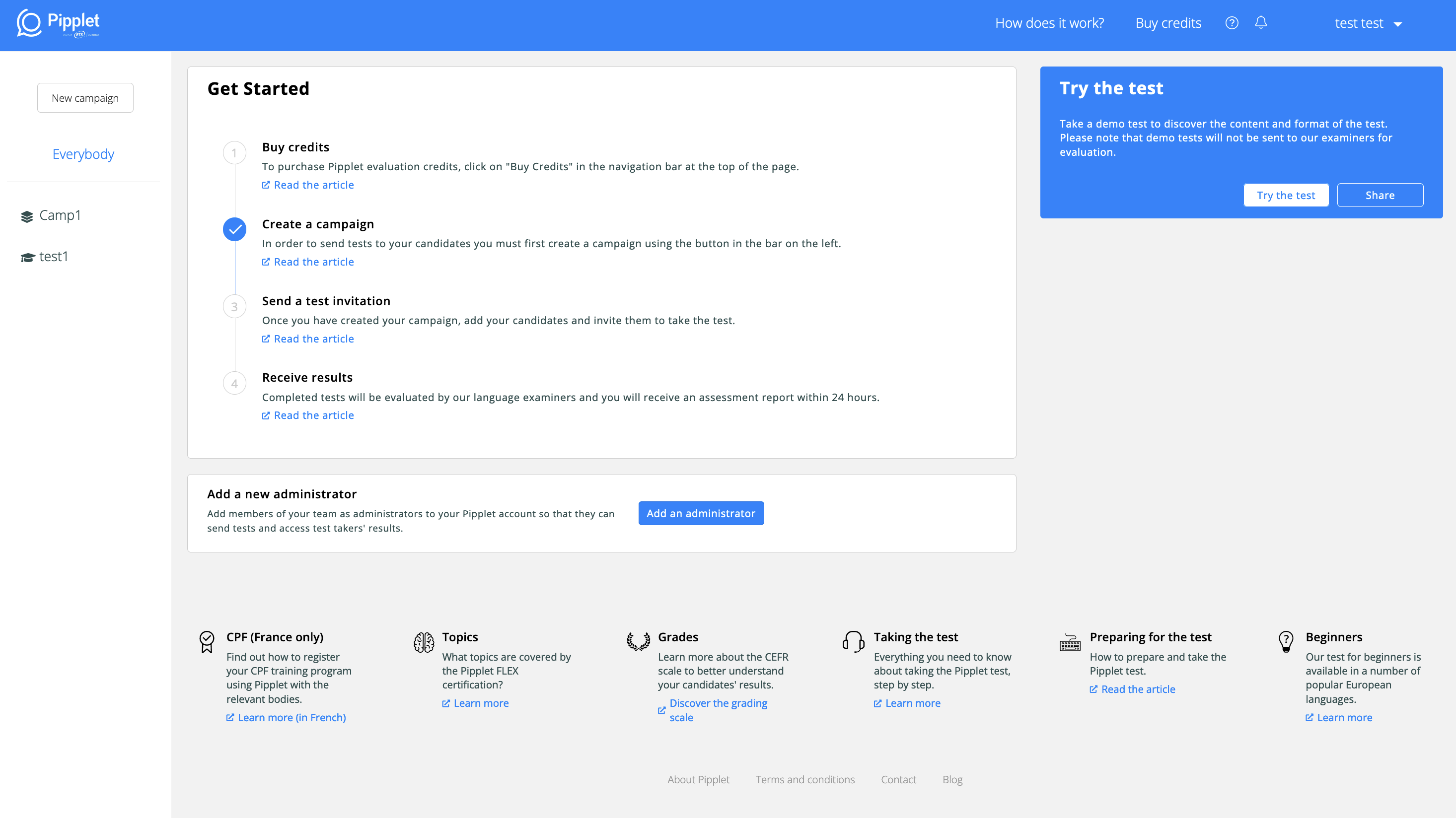
Buy credits. Taking the test by each individual costs around $40.

Create campaign with a subject (language), that will have a group of test takers:

Add test takers that will invited to take the test.
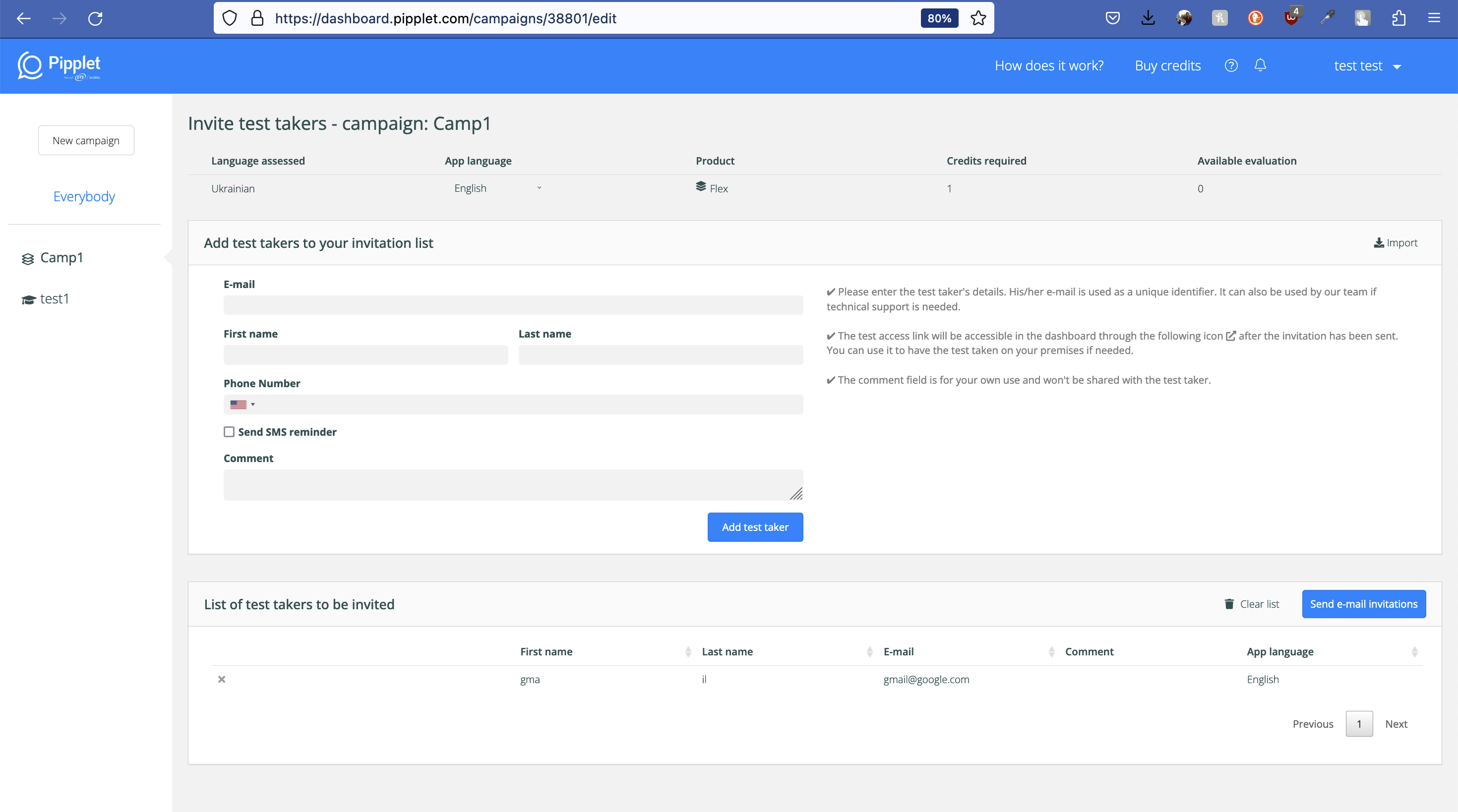
Company dashboard with all test takers and campaigns
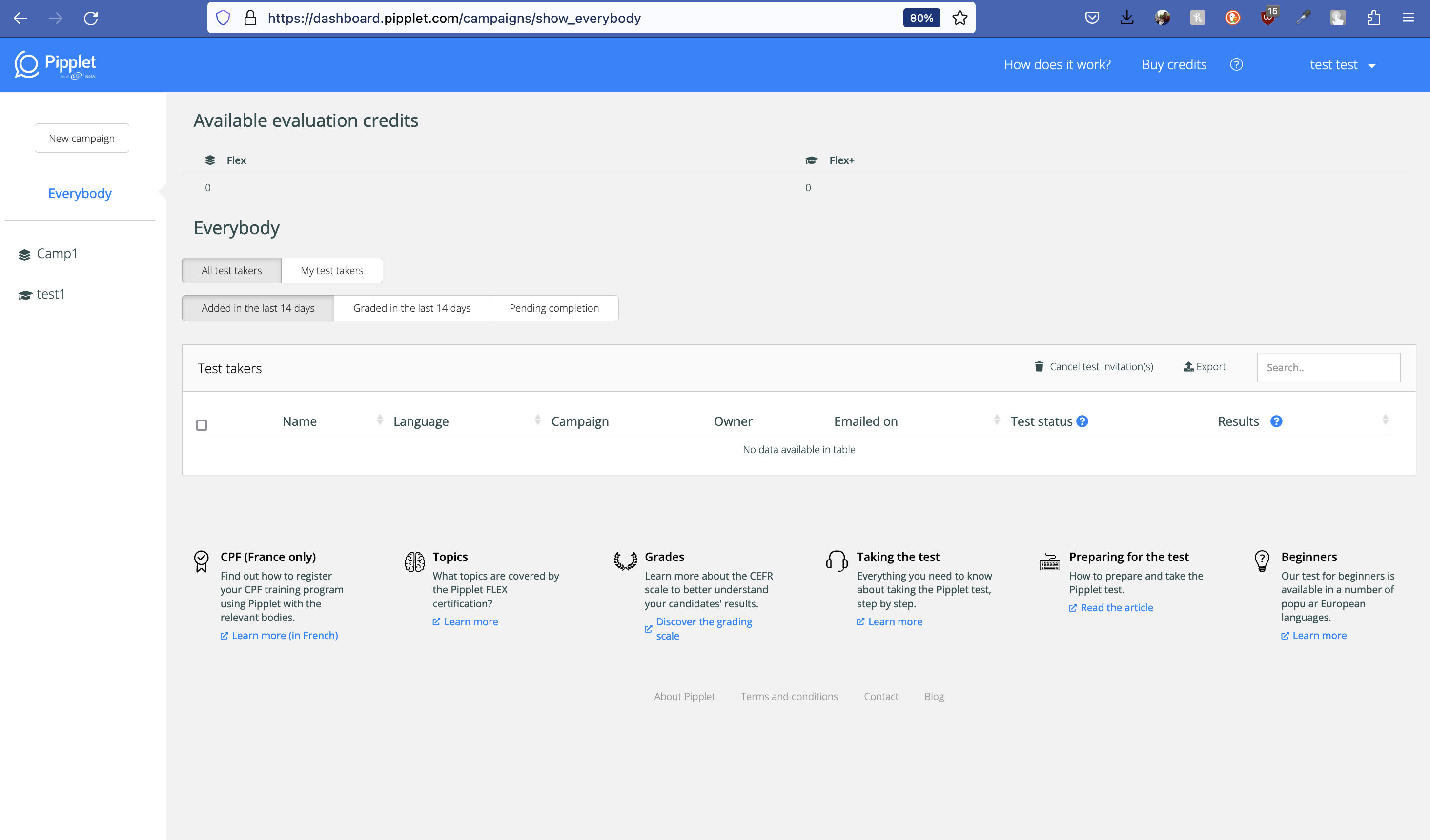
Question with audio answer
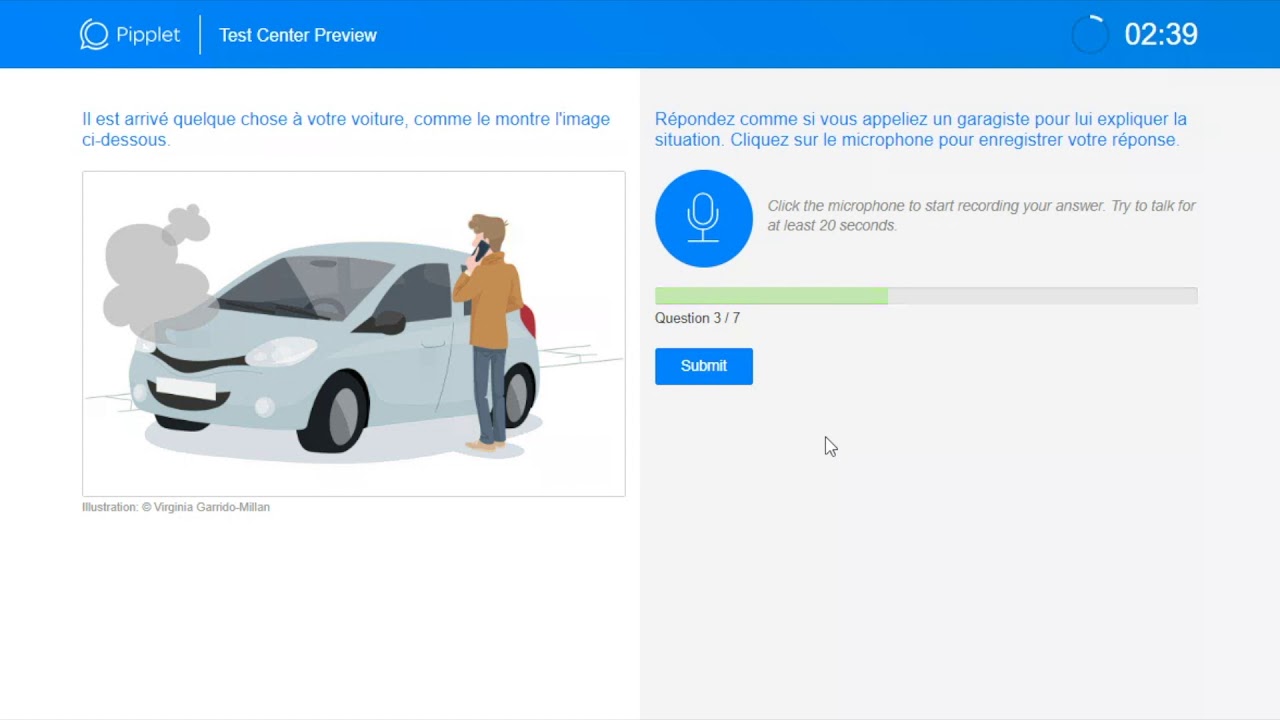
Question with text answer
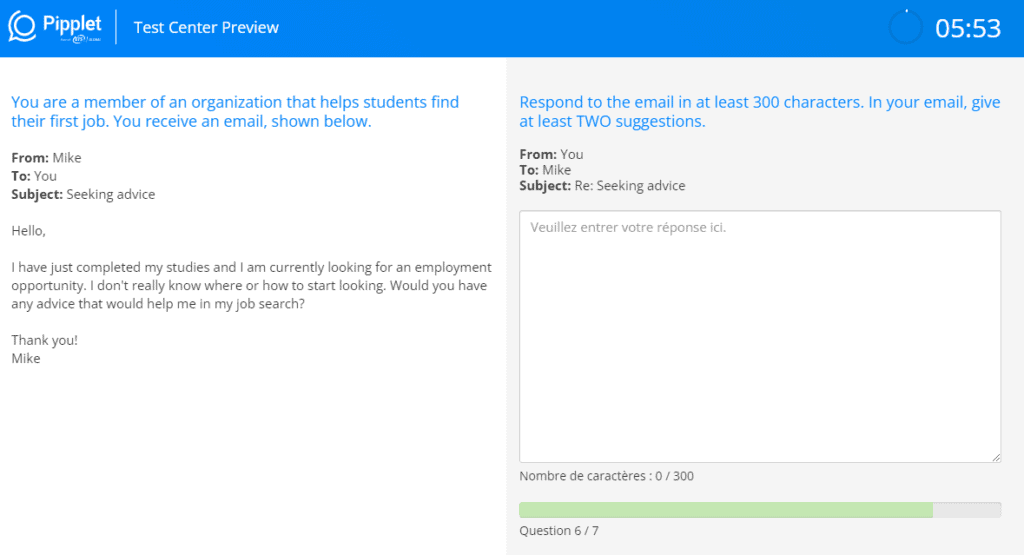
Language Certificate example
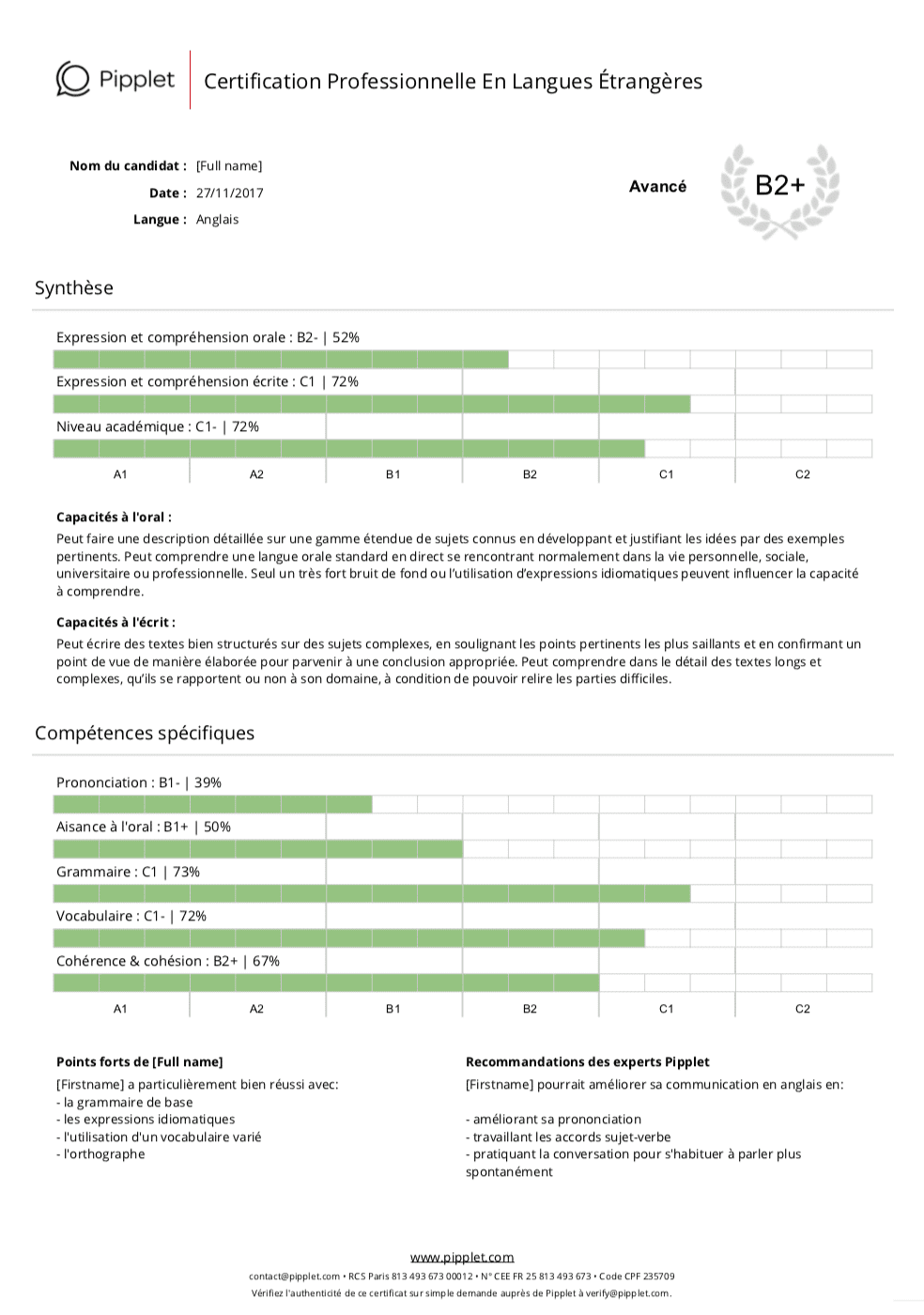
Analysis #
4 types of users and interfaces:
- Company team accounts - they buy credits, create campaigns, request test takers.
- Evaluators/Examiners - they create Questions within Subjects and score answers (2 different interfaces)
- Candidates/Test takers - they answer questions.
- Superadmin - moderate evaluators.
Database architecture #
Link to the Database Diagram that I created:

The tables with core associations and attirbutes, in DBML format:
Table users {
id int [pk]
email string
}
Table organization_users {
id int [pk]
user_id int [ref: > users.id]
organization_id int [ref: > organization.id]
}
Table organization {
id int [pk]
credits int
}
Table campaign {
id int [pk]
name str
organization_id int [ref: > organization.id]
subject_id int [ref: > subject.id]
}
Table subject {
id int [pk]
name str
}
Table question {
id int [pk]
subject_id int [ref: > subject.id]
examiner_id int [ref: > examiner.id]
type str // reading/image_description_audio/dialogue_answer/image_description_text
instruction_text text
body text
max_characters int
// active storage image attachment
// active storage audio attachment
}
Table answer {
id int [pk]
test_taker_id int [ref: > test_taker.id]
examiner_id int [ref: > examiner.id]
question_id int [ref: > question.id]
// active storage audio attachment
body text
answered boolean // !skipped
score integer
score_description text
}
Table test_taker {
id int [pk]
email str
campaign_id int [ref: > campaign.id]
status string // not_started/evaluation_pending/evaluated
score integer
score_description text
}
Table examiner {
id int [pk]
email str
}
Most challenging features to build (imho): #
- Audio recording (JS, ActiveStorage)
- Audio analysis toolkit
- TestTaker onboarding flow (maybe just use a js plugin)
That’s it!
Did you like this article? Did it save you some time?
